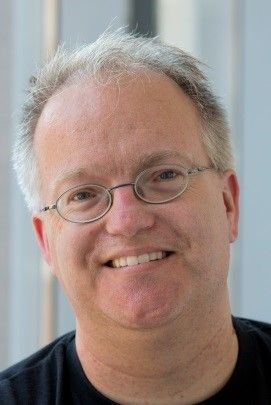Thomas Barends (1975) studied chemistry at Groningen University (NL) where he also obtained his PhD in protein crystallography in the group of Prof. Dr. Bauke Dijkstra. He then moved to the Department of Biomolecular Mechanisms at the Max Planck Institute in Heidelberg (FRG) to do a PostDoc with Prof. Dr. Ilme Schlichting. He has been at the MPI since, first as a staff scientist and now as an independent group leader, investigating the molecular mechanism of anaerobic ammonium oxidation and helping to develop methods for structural biology using free-electron lasers.
Lecture 11: Thomas Barends
Watching Molecules at Work with Free-Electron Lasers
Thomas Barends
Max Planck Institute for Medical Research
Jahnstrasse 29, D-69120 Heidelberg, Germany
Protein crystallography is a very successful method for the determination of high-resolution protein structures. However, the method does have several limitations: for instance, radiation damage often hampers the interpretation of crystal structures of sensitive proteins such as metalloproteins, and conventional synchrotron sources do not allow time-resolved crystallography at time resolutions better than ~100 picoseconds. Using Free-Electro Lasers (FELs), new X-ray sources that offer extremely intense pulses with a duration of only a few femtoseconds, both these problems can be circumvented: data collection can "outrun" damage processes, and reactions can be followed in crystallo at sub-picosecond time resolution. We will discuss examples of both applications of FELs to macromolecular crystallography.


